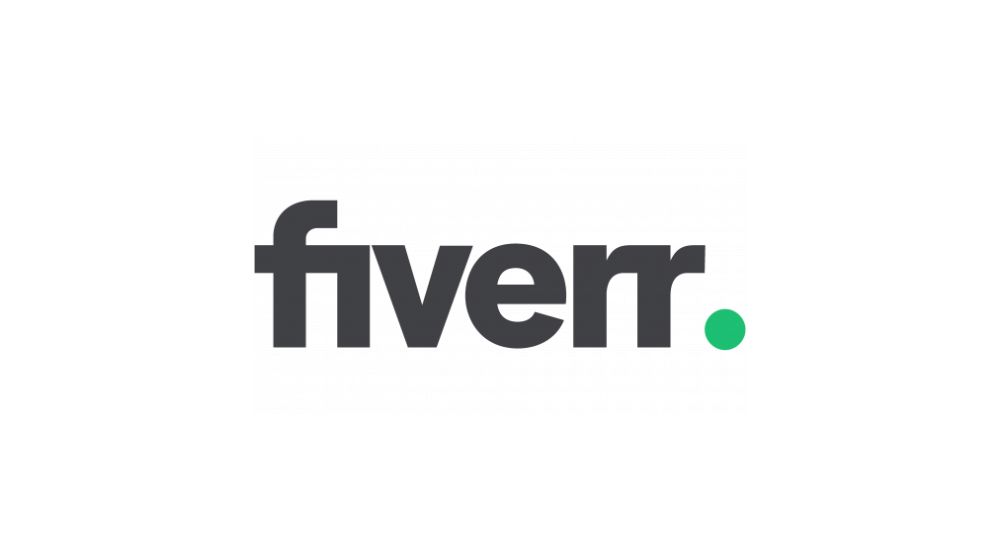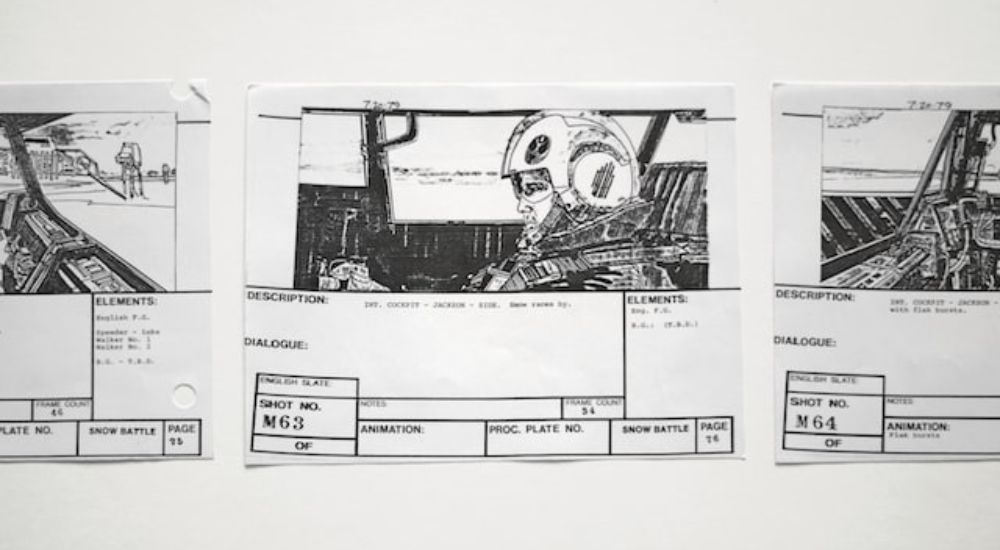When it comes to the development of a game, creating the art and assets is a process that takes a very, very long time. It might seem outlandish to think so, but it’s true: designing and developing games is relatively much faster than creating thousands of high-quality, game-ready assets they will use.
In the same way it’s hard to design an amazing game without a dedicated game designer, it’s usual for project managers to search for game artists all over the world to meet the demands and finish the game as fast as possible. But what are the best ways to do so?
In this post, we will look into the best ways to find game artists and give you a brief overview of the most common types of artists in the gaming world.
So, where to find game artists for hire?
When it comes to actually finding them, you will likely have great success by exploring the following options:
1. Freelancing platforms
The best-known platforms for freelancers are Upwork and Fiverr, with both offering thousands of workers with varying experience, skill levels and locations. No matter the kind of artist you’re looking for, chances are you will find it – and often for a good price.
The process for hiring a freelance worker usually goes like this: you use the built-in search engine on the website to find potential game artists to work on your game. Once you find a suitable freelancer, you discuss the details of the job they will do and, if everything goes well, you hire them.
Most freelancers are paid for each project, but some platforms allow you to hire them for a set number of hours a week, so that’s an option you might want to explore.
Pros and cons of freelancing platforms:
The two main pros freelancing platforms offer a gigantic pool of game artists to choose from – you definitely will find someone with a suitable skill set for whatever you need – and, since you don’t have to deal with legal contracts, the “hiring” process is blazing fast. Another strong point in favour of hiring freelancers is that you can interrupt the partnership at any moment with no additional costs… or you can cooperate with them another time. The choice is yours, after all.
In many cases, freelancers may offer a set number of revisions for free, allowing you to change the result slightly. However, not all of them do so – it’s always good to check this beforehand.
It’s important to keep in mind that freelancing platforms often incur additional fees, and it’s very hard to find and manage a vast number of freelancers at the same time. Furthermore, as each freelancer has their artistic style, you run the risk of ending with a game that doesn’t feel consistent with its art. If you’re looking for a more stable, longer-term solution, then check out the next option.

2. Outsourcing your art
One of the most popular approaches when it comes to the creation of game-ready assets, outsourcing companies are everywhere – really, just give it a quick Google search and you will find dozens of studios ready to take on the challenge.
Pros and cons of outsourcing your art:
Outsourcing companies are amazing when you need to produce a lot of game assets with a consistent art style, as they allow you to hire multiple artists, and sometimes even an entire team, all at once. Just like freelancers, such services come in many shapes, and you will likely find an outsourcing studio that fits your game like a glove, and agreements can be reached very quickly too.
While outsourcing artists is usually more costly than hiring individual freelancers, they are still affordable as you’ll save resources on interviews, training and equipment, as per usual when hiring local artists. In addition, professionals who work for those outsourcing studios are often highly qualified and experienced, being able to take on complex projects from the get-go and produce artwork of excellent quality.
However, there are some important drawbacks to consider: depending on the outsourcing studio you choose, you may have to account for a difference in time zones, and supervising them on the fly is a much harder task. Even if time zones are the same, there might be issues with the remote communication aspect – and leaks are always a risk (although small).
3. Searching for local artists
When looking for local artists to join your team, you might want to look into multiple recruitment websites to increase your coverage, thus increasing the chances of finding suitable local artists to work on your game.
Pros and cons of searching for local artists:
Hiring local game artists will give you a lot of advantages: supervising their work, giving feedback, and requesting changes on the spot are much easier. This practice is also amazing for long-term talent retention and allows higher degrees of organization and teamwork than the previous options – which is great if your team uses an Agile development methodology, such as Kanban or Scrum.
Despite that, it’s not all kitties and rainbows: great artists might be tempted to go for other opportunities whenever they pop up, the hiring process incurs additional costs with HR personnel and the game artists themselves can be very expensive – in the United States, the national average monthly salary for this role is $5,695 USD a month (or $33 per hour) according to ZipRecruiter, which can go up or down by a lot depending on how much experience is required and the scope of the work.
What types of game artists are there?
While there are many types of art styles and game artist specializations out there, most of them will fall under the following five:
2D artists: drawing and animation
Despite using many of the same software, drawing, painting and animating 2D assets all use different skill sets. That said, most 2D game artists are well-versed in both areas.
One of the most interesting aspects of 2D art is that they’re everywhere – even in 3D games. All those backgrounds, icons for items and characters, illustrations and menus you see in games are likely made of flat, 2D images.

3D artists: modeling, rigging and animation
Arguably the most diverse and complex type of art for games, 3D game artists will always be in demand. Unlike 2D game art, the creation of 3D game assets offers much more room for specialization: you could hire someone who is a specialist in modelling, another for rigging/animation, and yet another for 3D optimization.
While those three niches are the ones that usually come to our mind when we think of 3D game assets, there are many more: environment artists create visually stunning places and work closely with level designers to add game features; prop artists, who design and create all the little models and objects that we see in the world; and texture artists, who work with the surface qualities of 3D models, adding the suitable one to all surfaces of the game.
Sound artists
Many players might not notice, but having a good audio design makes quite the difference. They work on adding sound effects for everything – footsteps, user interface, audio skill effects, etc. – and getting it right makes for an absolute blast of an experience.
When thinking about sound artists, it’s important to mention the existence of composers. Having a soundtrack that fits the general game’s tone and epic moments makes gaming a far more pleasurable experience. What would Risk of Rain 2 be without “The Rain Formerly Known as Purple” and The Elder Scrolls V: Skyrim without “Secunda” and “Far Horizons” to set the mood while exploring?
Concept art
Concept artists work mainly by visualizing an idea behind something and iterating through many possible ideas given a prompt, in which they are usually given some specific requirements to follow. Depending on the specifications, the end result can come in the form of multiple sketches, digital paintings and, in some cases, even simple 3D designs.
You will usually find concept artists at the beginning of the asset creation pipeline as they’re usually the ones creating the bulk of what’s going to be used as inspiration later on, where 2D and 3D artists come in.

UI/UX artists/designers
A game with excellent visuals and eye-catching visuals can be taken down by the lack of usability, which is precisely where UI/UX artists come in. They work by designing efficient game menus and clear icons and indicators, making sure players will have a great time while playing the game.
Summing Up
When it comes to game development, finding the right game artist for your project is crucial. Whether you’re working on a 2D game or diving into the immersive world of 3D gaming, hiring a skilled game artist can elevate your project to new heights. Start by browsing through portfolios and backgrounds of game artists on platforms like Fiverr, Upwork, or even LinkedIn. These freelance websites are excellent resources for connecting with professional artists who specialize in various art styles, such as concept art, illustration, animation, or 3D modeling.
Look for artists with extensive experience in the gaming industry, proficiency in graphic design software like Adobe, and a good understanding of game programming and art services. You can also explore marketplaces like Toptal or reach out to independent game artists through platforms like Glassdoor. Ensure that the artists you consider have a portfolio showcasing their high-quality artwork, and don’t forget to review their previous work and client feedback. By finding the best game artists for hire, you can find the perfect balance between art and gameplay to bring your game idea to life.
What if you want to hire an entire game development studio?
As you have seen, finding and hiring game artists is not an easy endeavour. Sometimes, the entire process is bound to bring you more troubles than results.
So, if you don’t want to risk having to deal with that, then we have a better solution: what about hiring an entire game development studio to work on your game – from start to finish – for you?
At Main Leaf, we have over 70 talented professionals covering the entire game creation pipeline for you. Our hundreds of collective years of experience are sure to bring you polished, high-quality games as fast as possible – as we have done for over a decade for our clients.
If you’re interested in working with us, shoot us a message by requesting a game quote at the top of this page!

